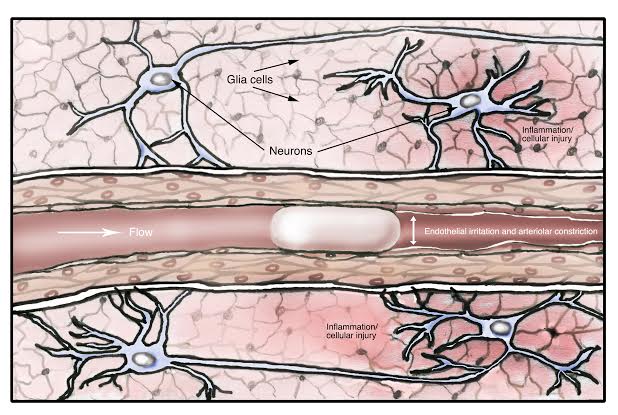Holiday Customer Support Closure
Please note that our customer support will be closed for the holidays starting December 24th through January 4th.
DEPTH Blog
Decompression in a Hyperbaric Chamber Explained
More than 100 years ago, Sorbonne Professor Paul Bert, the father of pressure physiology, explained, “All symptoms, from the slightest to those that bring on sudden death, are the consequences of the liberation of bubbles of nitrogen in the blood [on-gassing], and even in the tissues, when compression has lasted long enough. The great protection is slowness of decompression [off-gassing].”
Gas bubbles act and feel like the fizz from a carbonated beverage when first opened. They usually remain in the venous system, entering the right side of the heart where they are pumped into the lungs which, up to a point, can trap the gas without serious consequences. Ultrasound studies have documented “silent” or asymptomatic bubbles that do not cause any apparent harm. But, during a rapid ascent, bubbles may form and enlarge not only in the bloodstream but in tissues as well, causing the serious pain seen in decompression sickness (DCS).
In rare cases, as experienced by David Scalia (in the bookThe Choice: A Story of Survival), the bubbles in the lungs can overwhelm the pulmonary tissues, rupturing the alveoli (respiratory sacs), and allowing the gas to directly enter the arterial system where it may be pumped directly into the brain (see illustration) where the bubbles eventually lodge in arteries too small for them to pass any further. The result is the same as a blood clot, the circulation is cut off and the tissues on the far side of the obstruction begin to die.
What a hyperbaric chamber does is to re-pressurize the entire body in a chamber, decreasing the size of the bubbles (“bubble-crunching”) while delivering high concentrations of oxygen at the same time. Then, the patient is slowly decompressed (off-gassing) under exacting control.
David spent a total time of 22 hours in a decompression chamber. He experienced temporary muscular and mental deficits which were eventually completely overcome.
 |
|
Illustration: A gas bubble lodged in a small brain artery has assumed a sausage-shape. An inflammatory response has set in and the tissues distal to the obstruction are already being damaged. Treatment in a hyperbaric chamber decreases the size of the bubbles and, at the same time, the circulating blood is hyper-oxygenated. (Drawing by Dr. Anderson.) |
About the Book
The Choice: A Story of Survival
Three friends drove across the Navajo Reservation in northern Arizona after backcountry skiing in Colorado. They talked about their lives, and one said,
“I really shouldn’t be alive today.”
David Scalia’s astounding story occurred in 1982, but he had a scrapbook documenting everything he told his friends that day. It included photographs, names of doctors who cared for him, newspaper articles, and notes.
A scuba equipment failure caused a devastating accident. He suffered incalculable damage to his body for more than 12 grueling hours. Days later, he was given a profound choice — to live or to die. Almost unbelievable, this is his true story.
When you subscribe to the blog, we will send you an e-mail when there are new updates on the site so you wouldn't miss them.






